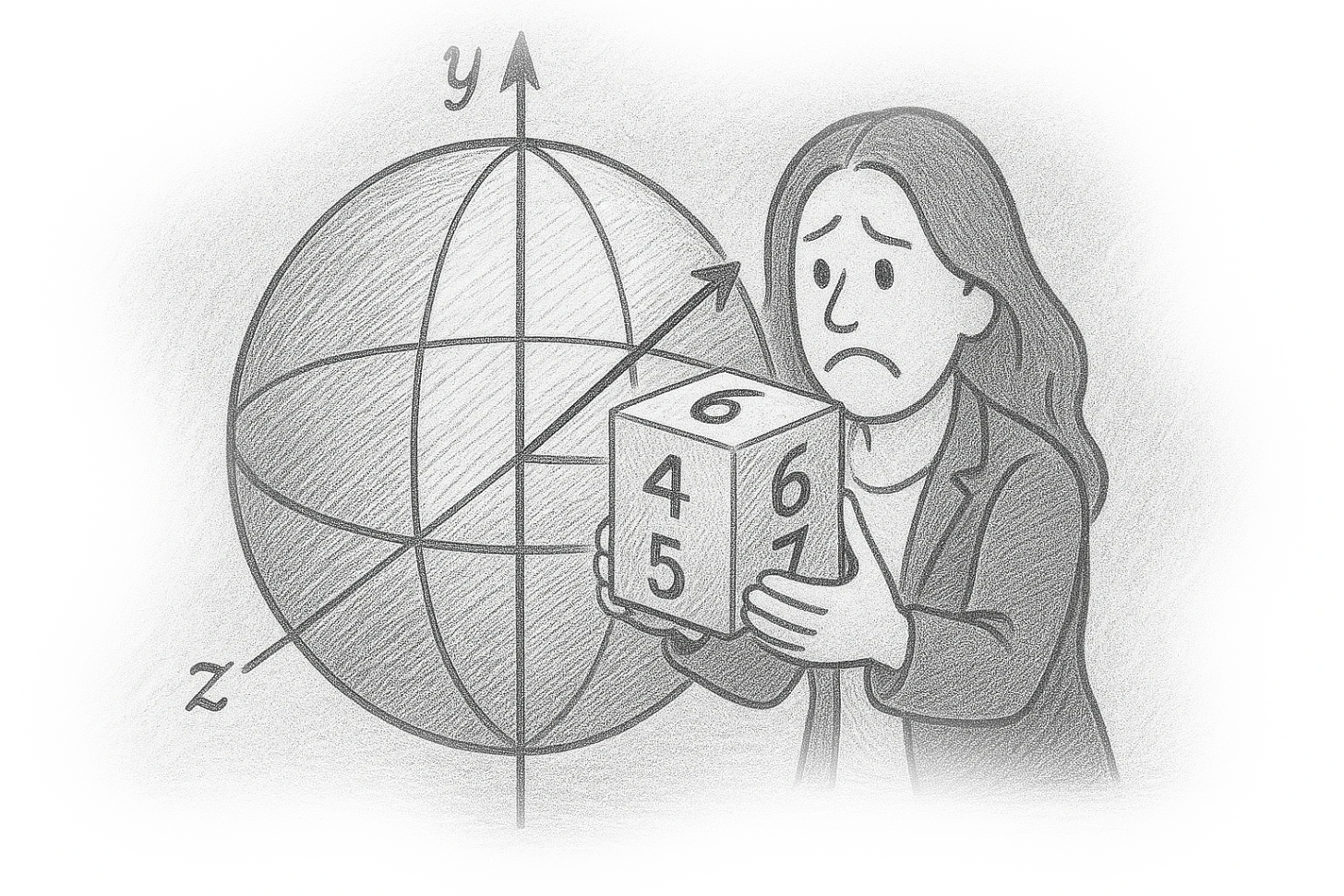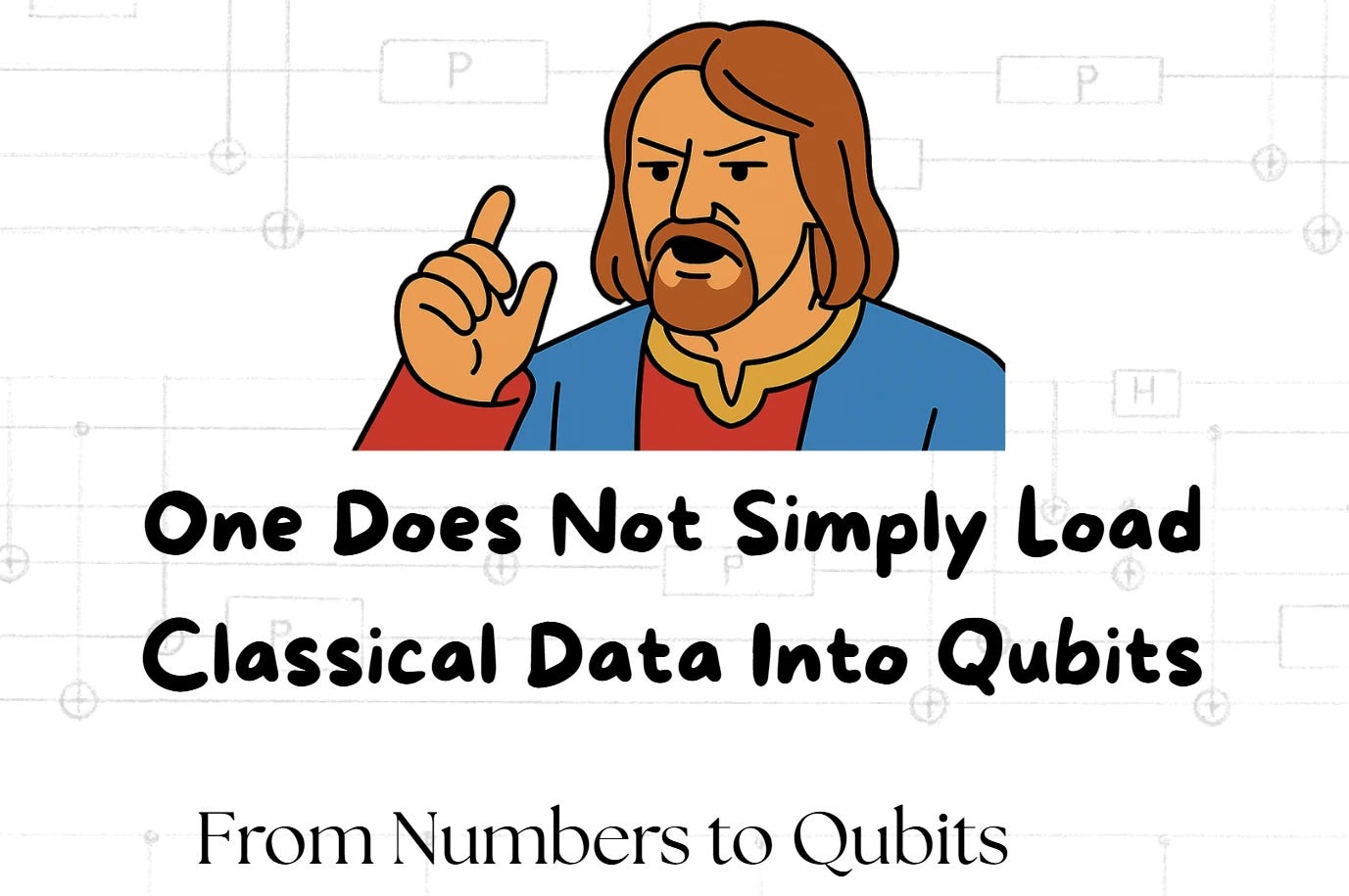You can't just load classical data into qubits
From basis states to amplitude, angle, and block encodings, each approach solves a different bottleneck, but none is universally applicable
You can also read this letter here.
Dear Quantum Machine Learner,
Most people ask the wrong question when they start exploring Quantum Machine Learning. They ask: Which algorithm should I run?
But that skips the real first step. Before any algorithm can run, you have to decide: How will I encode my data into qubits?
This isn't just a preprocessing issue. Encoding determines what transformations are possible, which algorithms are even accessible, and where the limits will be. Pick the wrong encoding, and the algorithm you hoped to use may never be within reach.
In classical machine learning, preprocessing is a minor step: scaling, normalizing, feature selection. In quantum computing, encoding is not preparation. It's the opening move of the algorithm itself. And once you make that choice, whole pathways open. Or close, forever.
In today's post, I break down the four main approaches: basis, amplitude, angle, and block encoding. We look at what they cost in qubits, depth, and expressiveness, and why none is universally best.
If you want to move beyond toy problems and think seriously about Quantum Machine Learning, start here: understand encoding. It's the first question you need to answer, and it will shape everything that follows.
This post is accompanied with a PDF. You can download it here (with any PyQML subscription).
Enjoy reading the post.
—Frank Zickert
Author of PyQML




hi, Tony. Thanks for the feedback. I will check this.
It is really difficult login to your service. Every time I login the password is always expired. Lets simply the process for paying subscribers!